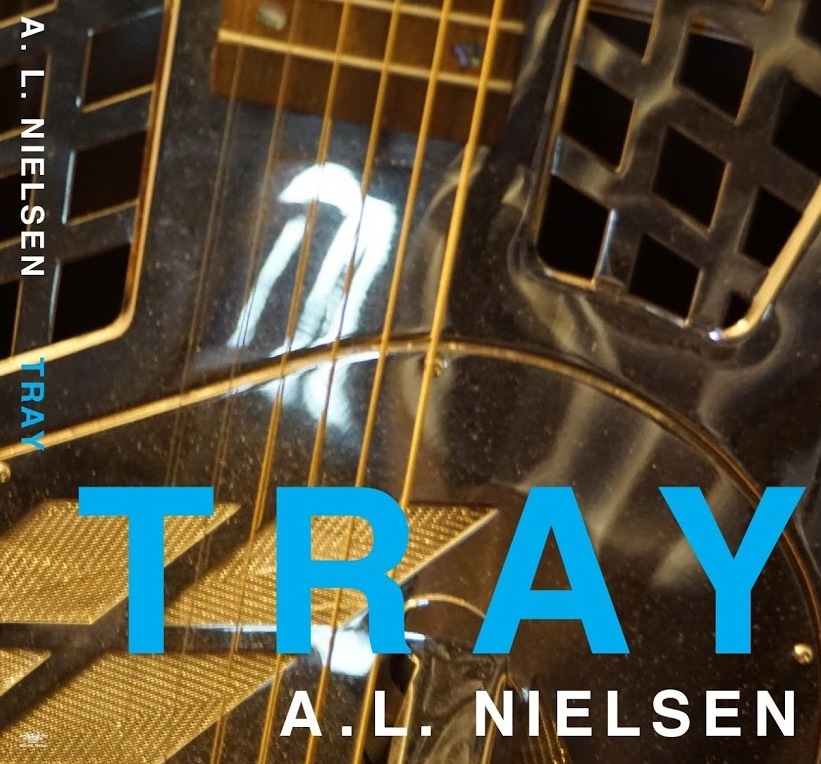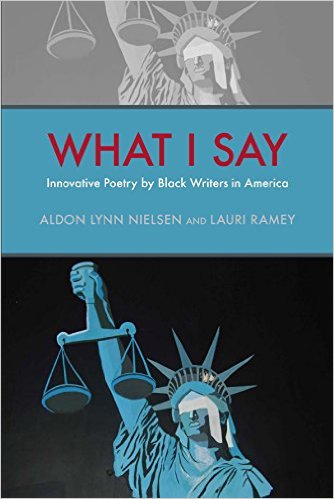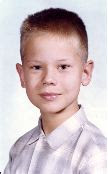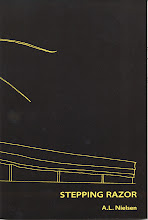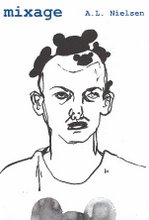I had a comic book library.
I had already fallen in love with reading, had fallen in love with the library. We had one of those Summer challenge programs in Grand Island, Nebraska. The same school that sold me a block of discounted tickets to go to the matinee movies on Saturdays also sent me home for the vacation time with a little booklet into which I could enter the names of the books I read over the break. (Certified by the librarian.) Of course they made a competition of it, and I remember getting various colored stars and commendations on my booklet for my achievements in speed reading. I believe I would have outread most of my classmates even without having been put into competition with them. (Unlike the high jump or the swimming meet, this was one I knew I could win.)
But I stayed away from the children’s section. I’d gotten all I could stand of Spot and company in the readers at school, and though my younger brother was to spend time in the company of Winnie the Pooh and the Cat in the Hat, I somehow hadn’t known of them. My favorites were varieties of adventure fiction and Sci Fi. Later I added detective fiction to my addictions, and I was always a sucker for science books (biographies of Albert Einstein, George Washington Carver, Madame Curie – Books explaining climate, atomic energy, and, above all else, space exploration).
The great comics debate was going on, had been since the thirties, though I knew nothing of that. While politicians and moralizers worried publicly that reading comics might lead to juvenile delinquency, I was busy collecting my juvenile art books. I had no idea what that stamp that appeared on the covers of my comics meant, or what the Comics Code Authority might be. To my eyes it just looked like the hunting stamps on my grandfather’s license or the stamps we saw on bags of flour and such. Neither did I have a clue that my beloved Mad magazine came about after William Gaines, responding to the comics code madness, folded his EC Comics (I loved those too) and started Mad, which, not being a comic book per se, was not subject to the code. (Couldn’t help remembering all this when Congress was pressuring the film industry, and the movie ratings resulted, followed by ratings on music recordings, followed by hearings on video games, followed by . . . )
I never attempted to produce my own comics, as Baraka had done, but I was an avid collector (though not remotely like the present day aficionados – we had no comic stores, no ComicCon, certainly no academic courses in comics, would have laughed at a term such as “graphic novel”).
There was a space beneath the stairs leading down to the basement where we lived by the time I was in fifth grade, and that space became my comics library. I made a card catalogue and stuck little checkout slips in the back of each comic. I don’t remember ever allowing anybody to checkout anything from my library, but it was a formidable archive. Walter Benjamin would have enjoyed unpacking my comics. If atomic bombs (or tornadoes) ever drove us to shelter in the basement, I was prepared for a long siege.
The Classics Illustrated versions of classics I had not read (Three Musketeers) and classics I had (Treasure Island) were prominent in my collection. But the heart of my library was the horror and fantasy genre, just the sort of thing that had driven censorious Congressional staffs to warn of impending Wild One outbreaks and rampant James Deanism. Aliens featured on the covers of most of these, aliens clearly ignoring those annual reminders to register at their local post offices. I loved aliens, probably the only literary figures with whom I ever identified.
Heroes I had, but, aside from coming home one day in third grade and announcing that I was changing my name to Roy Rogers, heroes were not points of identification for me. I was not looking for myself in any of my reading, never did. The point of reading for me was to get beyond my own languages, beyond my own yearnings, to get elsewhere. (Did this have something to do with being born in the middle of the middle of the prairies? My parents had gotten elsewhere – first generation to leave the farm for the town. I had something more like Jupiter in mind, and there was Wernher von Braun in the news to encourage me. I had a comic book about him too, which was silent on his war time sins. Hadn’t met Sun Ra yet, though he had already left Birmingham for Chicago, with Saturn in his sights.)
There were the super-hero comics in my library too, the obligatory Superman, Bat Man, Flash – but I felt an attraction for some of the odder, now less well remembered ones, like The Atom. DC Comics introduced this figure in 1961, by which time I had been to the museum in Hastings, Nebraska where I had purchased what claimed to be an “Atomic Pencil,” and my feet had been inserted countless times into those X-ray machines they had in shoe stores before they realized they were murdering an entire generation of children. I was a nuclear kind of guy, so The Atom appealed to me, despite his having been created by a man with the unlikely name of Jerry Balls. The Atom was, by day, a physics professor in Ivy Town. (While becoming a professor as an adult, I never did get to Ivy Town.) The Atom could shrink himself to sub-atomic size to do battle with aliens and crooks – Much as I liked aliens, I liked embattled aliens even more.
What I enjoyed most in the super hero comics, even more than the adventures, were the letters to the editor columns. All these comics had them. The loyal fans were constantly coming up with the most logical questions, questions that generally had not yet occurred to the editors. Where does Superman keep his street clothes while he’s flying around saving the world? If Superman’s costume was made from the blanket he was wrapped in when he crash landed after the explosion of Krypton, how did it keep getting bigger as he grew? This was my first immersion in criticism.
By fourth or fifth grade I was reading tons of genre fiction (and yet more science books). There was a trilogy of fantasy novels that captivated me, though I no longer recall the titles or the authors. I bought all of the Twilight Zone books. I subscribed to the Alfred Hitchcock Mystery Magazine and to the Mystery Book Club (which I couldn’t really afford). Through the book club I discovered Rex Stout’s Nero Wolfe mysteries and read all of them multiple times. (My friend the late Rob Reed and I used to sit around fantasizing about a TV or movie version of the Wolfe series – we both lived long enough to see the sad spectacle Hollywood made of this great material once they did get around to it.) Wolfe wasn’t actually a hero (given his girth and inaction, he was nearly its opposite), but he was the apotheosis of the detective of ratiocination, and there was his faithful side kick Archie Goodwin to handle the action side of things. And he was from some mysterious place called Montenegro. (As with the letters columns in the comics, the Wolfe novels have their close readers, who have noticed that Wolfe’s home has many differing addresses despite always being in the same place, and that for a period of years that address seemed to be in the Hudson River. In later life my friends and I would sometimes direct Washington tourists to such ideal sites as 31st and C Streets NW.)
I spent as much time browsing the racks of paperbacks in stores as I spent in the library. In those days, books were on sale in large quantity at every drug store, dime store and grocery. That’s where I found the fantasy trilogy I enjoyed so much, and where I got my Twilight Zone books. I have a strong memory of the cover of the paperback of Kerouac’s On the Road, though I wasn’t to read that for another five or six years. So far as I could tell from that cover, there were no aliens or murders in the book.
Television was a late arrival in our household, so, like Baraka I was raised on radio. But some of the neighbors had TV. One of my best buddies, Stevie Eggers, lived directly across the street, His family didn’t just have a TV, they had a color TV. That opening sequence for the Disney Show was breath-taking. (OK – I just checked and my memory has suffered a bit of displacement. Disney didn’t broadcast in color till 1961, by which time we had moved to Denver and away from Stevie’s TV – Memory is a funny, and evidently colorful, thing.) I have always suspected that my father’s motive in getting us a TV set of our own was largely a matter of getting me back in the house so he wouldn’t have to go looking for me at dinner time.
My sister and I weren’t supposed to be watching things like Alfred Hitchcock. (Parental fear of our having nightmares, not of our becoming juvenile delinquents.) But our home was designed in such a way that the two of us could sneak out of bed and sit just around a corner, out of sight of the parents, and see the TV set. But we generally got caught before too long because of our inability to maintain silence. At lunch time I usually rushed to get the seat at one end of the kitchen table, because from there I could lean back and see the TV in the other room. I was hooked. There was the aforementioned Roy Rogers, along with Hopalong Cassidy and Cisco Kid. (Many of these TV cow pokes had an odd way of firing their pistols – It looked almost as if they were shooting at the sky and only then aiming at their target. This struck me as wildly comical. In the rural areas, we always had guns around and knew something of their use, though it would never have occurred to any of us that we’d carry a gun to the store or any other public place. Guns were tools, often used to shoot predators and sometimes to shoot a pheasant for dinner. There was no politics attaching to their presence or their use. I might have toy guns for playing cowboy or cop, but our sense of the real thing was entirely pragmatic.)
There was Superman, able to leap tall buildings at a single bound and outrun a speeding locomotive in his zeal to protect truth, justice and the American way. We had no Sesame Street, but the good Captain, Kangaroo by name, read from books to us on TV, something less common today. I have vague memories of the Amos and Andy show being on, though that may have been reruns. I remember wondering why it wasn’t called Kingfish, since he seemed to be the main character. I remember wondering why they talked that way. In contrast, Nat King Cole was also on our TV. Smooth –
I knew no segregation in Grand Island. But that same TV set showed me images of the Civil Rights Movement as it was unfolding. Superman wasn’t going to be much help against racism, it was pretty clear. I had no clear notion of what this thing called The South was, but formed the opinion that we were fortunate not to be there.
There was Route 66, which was a prerequisite for my eventual reading of On the Road. Checkmate included Sebastian Cabot as a crime solving professor, setting me on the path toward my early career ambition to be a forensic pathologist.
These things might seem the random juxtapositions that commercial culture throws at us. Wait long enough and everything links back up. The singer/song writer who goes by the name of Stew fronted a band named The Negro Problem, and that band had a wonderfully titled album Welcome Black, and that album included the song “I’m Sebastian Cabot.” “I’m Sebastian Cabot in your dreams. / I’m Sebastian Cabot, what’s that mean?”
OR – when very young I was fascinated by Woody Woodpecker. Had a Woody Woodpecker hat and decoder ring at one point. Fast forward to my adult years and I’m dancing to Chuck Brown and the Soul Searchers playing the Woody Woodpecker song. Things are changed on the blue guitar.
We didn’t call any of this popular culture. We breathed it.
I saw Carl Sandburg reciting poetry on the Ed Sullivan Show.











